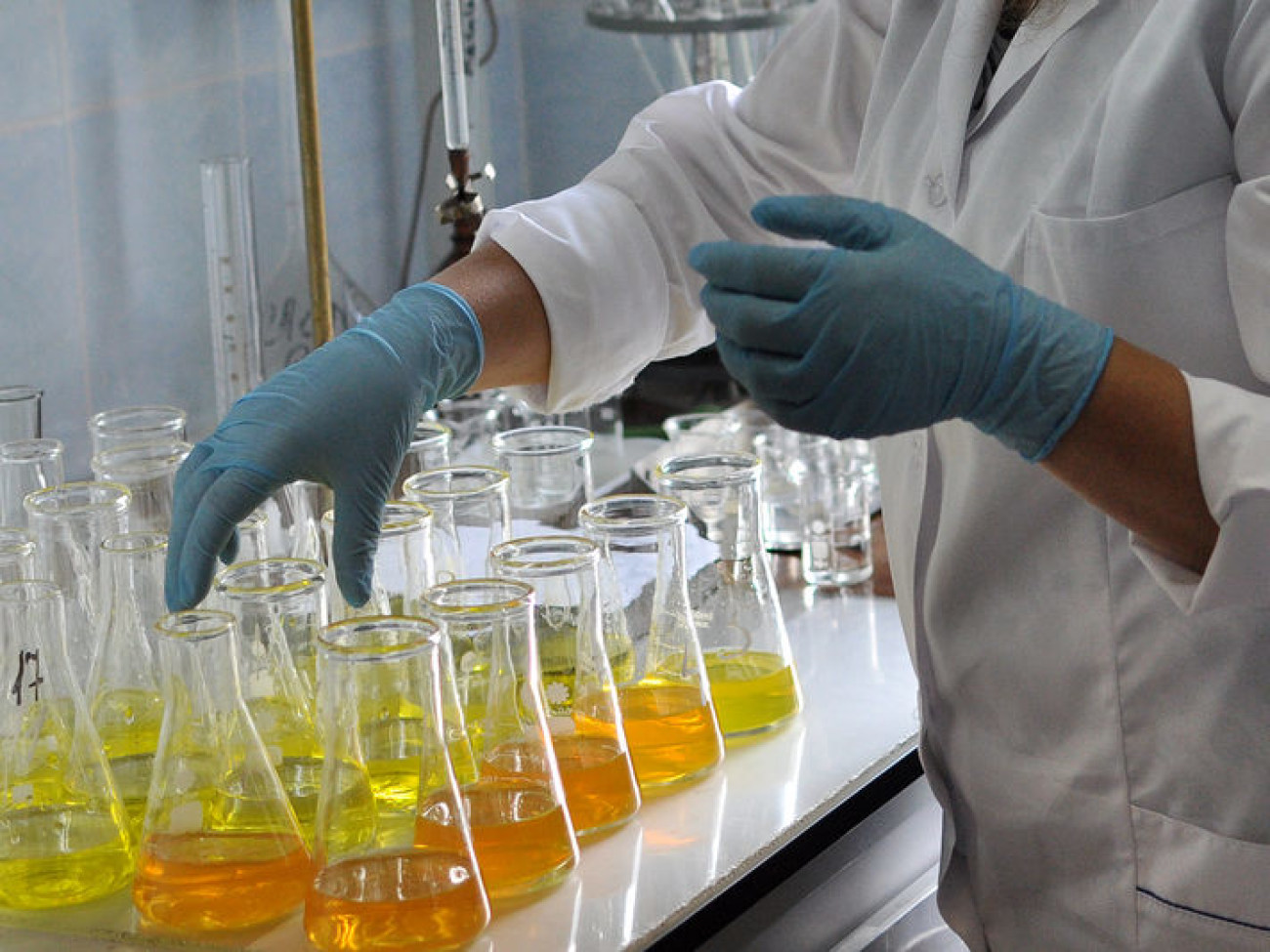
Total inorganic phosphate testing equipment and reagents
1. Apparatus
SpectrophotometerVolumetric flask 50mL
Electric furnace 800-1000W
2. Reagents needed for testing
(1) Sulfuric acid solution (1+35).(2) Ascorbic acid solution Weigh 10.0g ascorbic acid, dissolve it in 100mL tertiary reagent water, shake well and store in a brown bottle, and store it in a refrigerator for 2 weeks.
(3) Ammonium molybdate solution Weigh 13.0g of ammonium acid and potassium antimony tartrate (KSbOC4H4O6·1/2H2O) in 200mL tertiary reagent water, add 230mL sulfuric acid solution (1+1), mix well, and dilute to 500mL after cooling. , Mix well and store in a brown bottle
(4) 8% sodium hydroxide solution Weigh 20.0g sodium hydroxide, dissolve it in 250mL tertiary reagent water, shake well, and store in a plastic bottle.
(5) Phosphate standard solution (1mL contains 0.1mgPO4)
a. Stock solution
Weigh 0.7165g of potassium dihydrogen phosphate (KH2PO4) that has been dried at 105°C, dissolve it in 100mL of tertiary reagent water, and transfer to a 1L volumetric flask, dilute to the mark with tertiary reagent water, and shake well.
b. Standard solution
Accurately draw 100mL stock solution in a 500mL volumetric flask and dilute to the mark.
3. Detection steps of total inorganic phosphate in water
1. Draw a standard curveAccurately absorb the phosphate standard solution, add them to 6 50mL volumetric flasks, and then dilute to 40mL with tertiary reagent water for use. Then add 2 mL of ammonium molybdate solution to each volumetric flask, shake well, add 1 mL of ascorbic acid solution, and dilute to the mark with tertiary reagent water. Place it at room temperature for 10 minutes, immediately use a 1cm cuvette, and set a blank to zero at the wavelength of 710nm for detection. Draw a standard curve with absorbance as the ordinate and the amount of phosphate as the abscissa.
2. Detection steps
Accurately pipet 20 mL of the water sample filtered by filter paper into an Erlenmeyer flask, dilute with water to about 40 mL, add 1 mL of sulfuric acid solution and boil it on a low fire until it is nearly dry. After cooling, transfer to a 50 mL volumetric flask and add 2 mL of ammonium molybdate solution. After shaking well, add 1 mL of ascorbic acid solution, dilute to the mark with tertiary reagent water, shake well and place at room temperature for 10 minutes. Immediately use a cuvette to measure its absorbance at a wavelength of 710nm. According to the parameters, the total inorganic phosphate content can be obtained through corresponding data.



